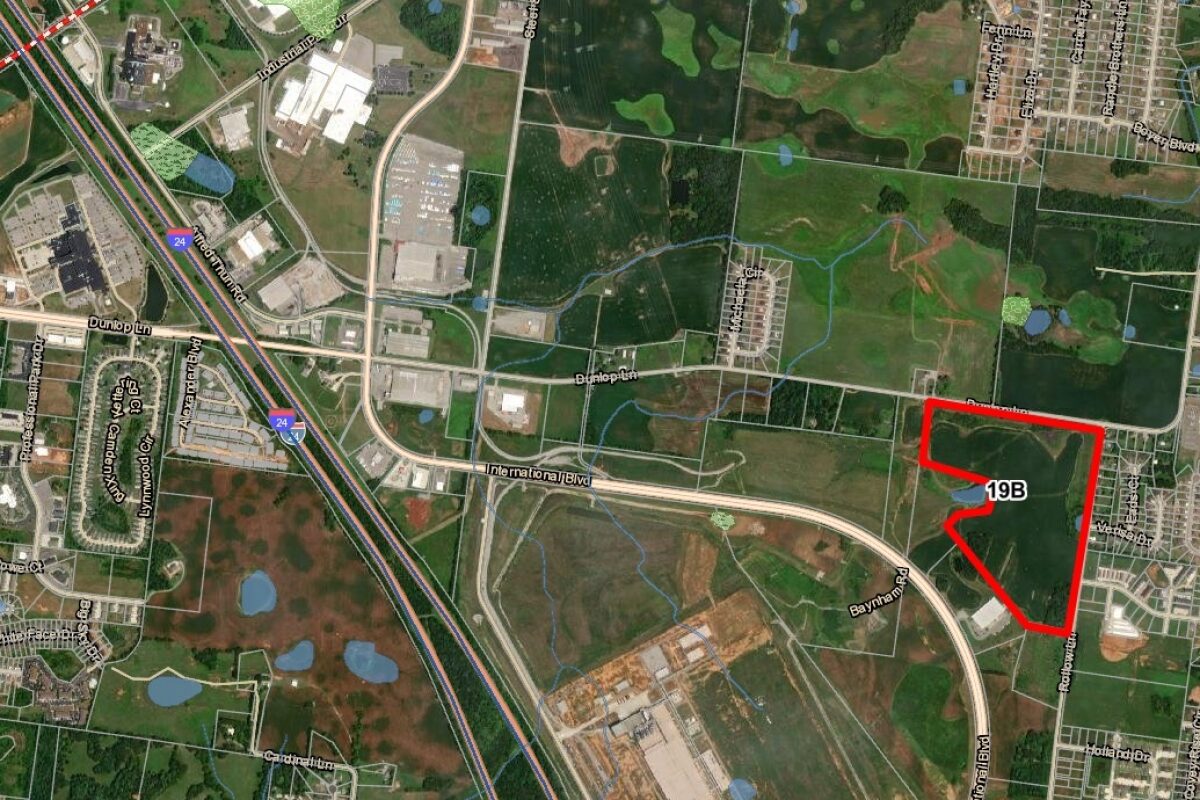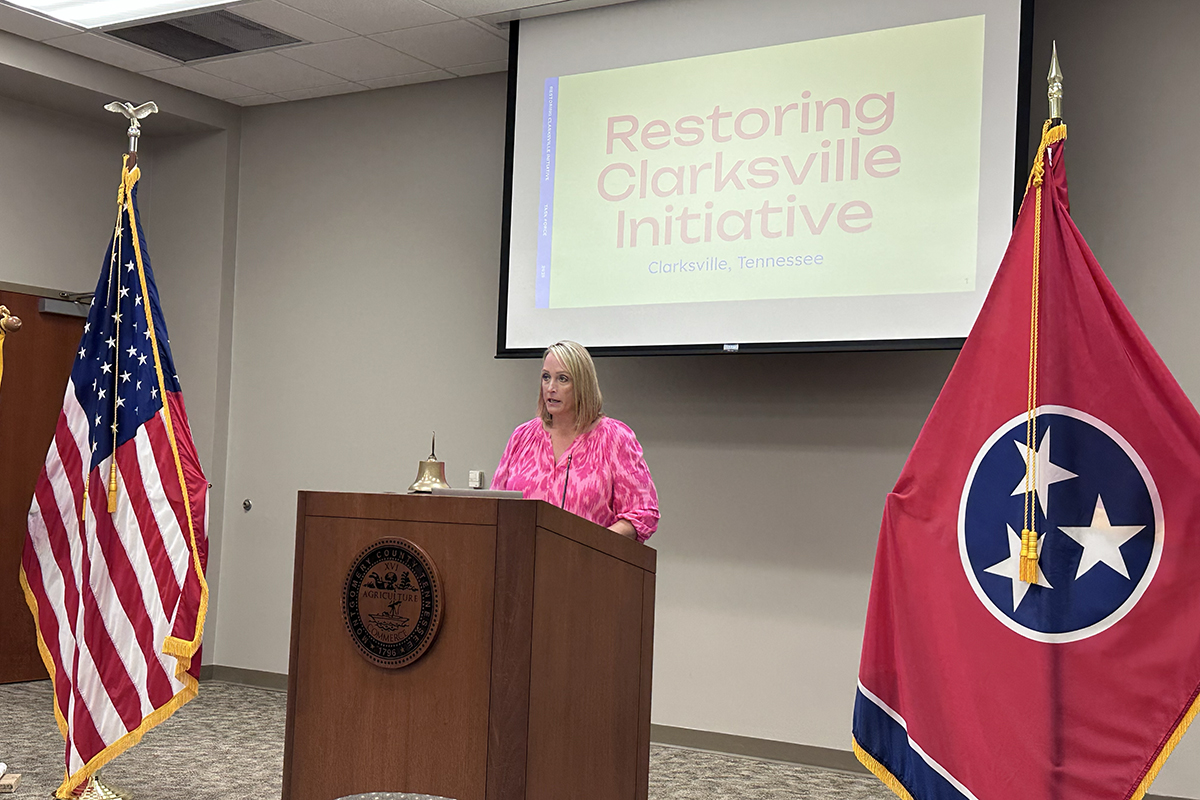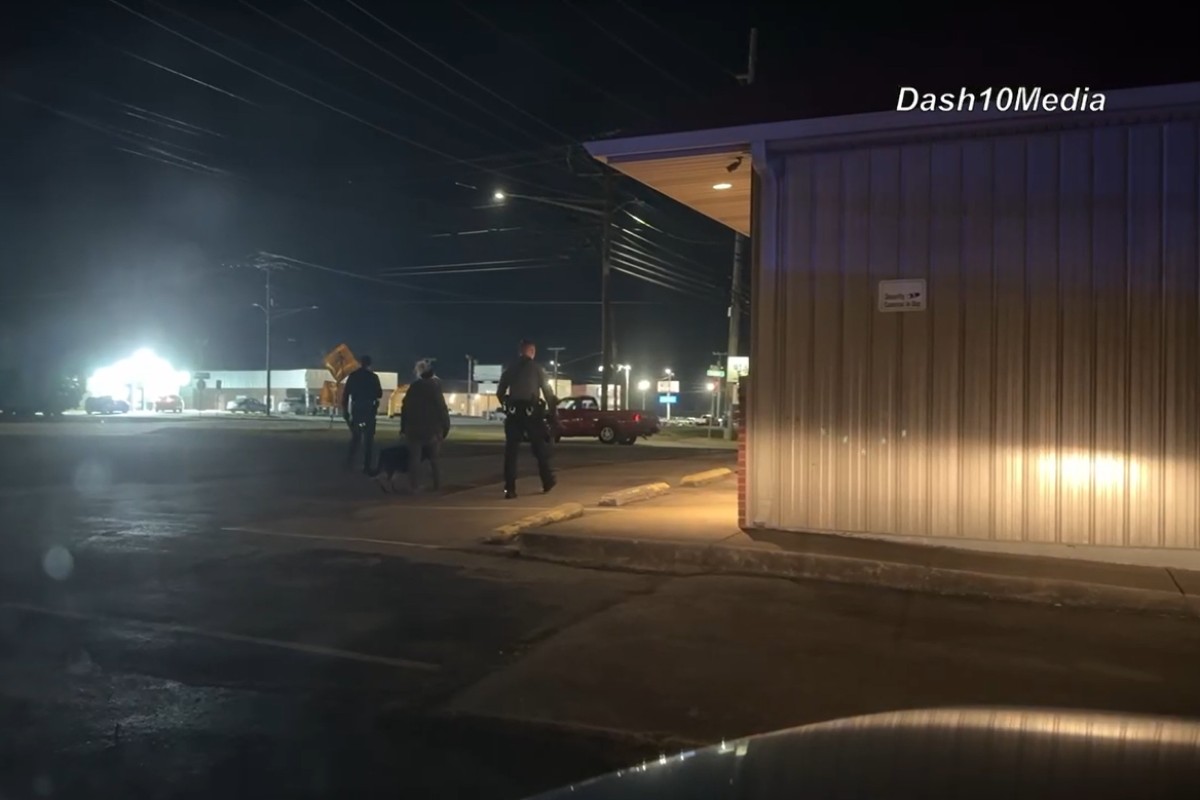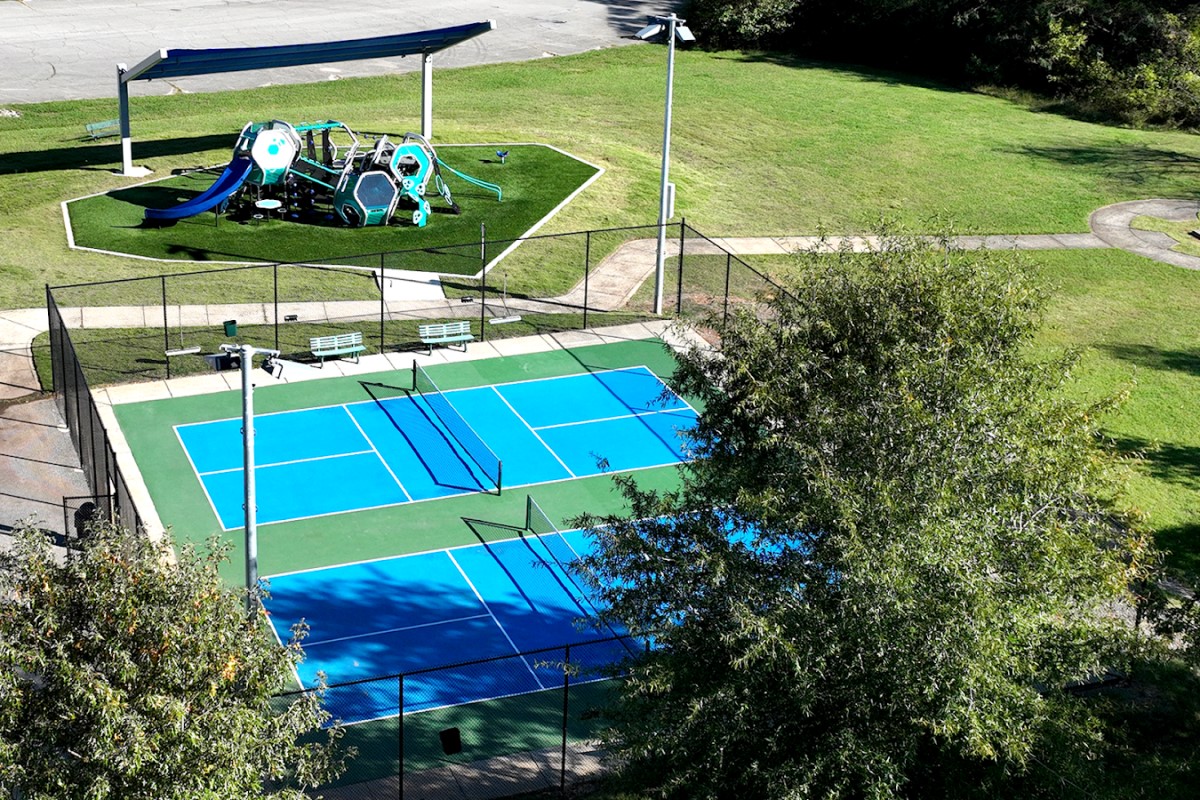Remember in 2017 when it went dark for a few minutes because of the total solar eclipse that came through Clarksville and Hoptown? Could it happen again?
In about 3 months, the total solar eclipse in 2024 is expected to occur on April 8, 2024. The eclipse will take place during the daytime, and the timing of the event will vary depending on your location. It is important to note that the path of totality, where the Sun will be completely covered by the Moon. The total solar eclipse in 2024 will be visible across parts of North America. The path of totality will span from the southwestern United States to the northeastern United States and eastern Canada. It will start in Mexico and move across states such as Texas, Arkansas, Missouri, Illinois, Kentucky, Indiana, Ohio, New York, Vermont, New Hampshire, and Maine, as well as the Canadian provinces of Ontario, Quebec, New Brunswick, Prince Edward Island, and Newfoundland. The duration of totality will vary along the path, with the maximum duration occurring near the point of greatest eclipse.
But will we see a total or partial solar eclipse here??
Yes, we will experience a partial solar eclipse during the total solar eclipse event on April 8, 2024. While Clarksville is not in the path of totality, it will still witness a partial eclipse where a portion of the Sun will be covered by the Moon. To see the total solar eclipse in its entirety, you would need to travel to a location within the path of totality.
(Video courtesy of Lost in the Pond)
Remember to have your solar eclipse glasses or maybe a welding helmet?? Can you use a welding helmet??
Yes, you can use a welding helmet with the appropriate shade for viewing a solar eclipse. It’s important to use a welding helmet with a special-purpose solar filter or “shade” that is designed for solar viewing. Regular welding helmets typically have filters that are too dark for safely viewing the Sun during an eclipse.
The recommended minimum for solar viewing is a welding helmet with a shade of 14, but some sources suggest that a slightly lower shade, such as 12 or 13, may also be acceptable. It’s crucial to ensure that the welding helmet meets the necessary safety standards for solar viewing.
Additionally, if you’re using other methods to observe the eclipse, such as solar viewing glasses or solar viewers, make sure they are specifically designed for safe solar observation. Never use regular sunglasses or improvised filters, as they don’t provide sufficient protection for direct viewing of the Sun and can cause serious eye damage.
(Video courtesy of Kentucky Educational Television)





